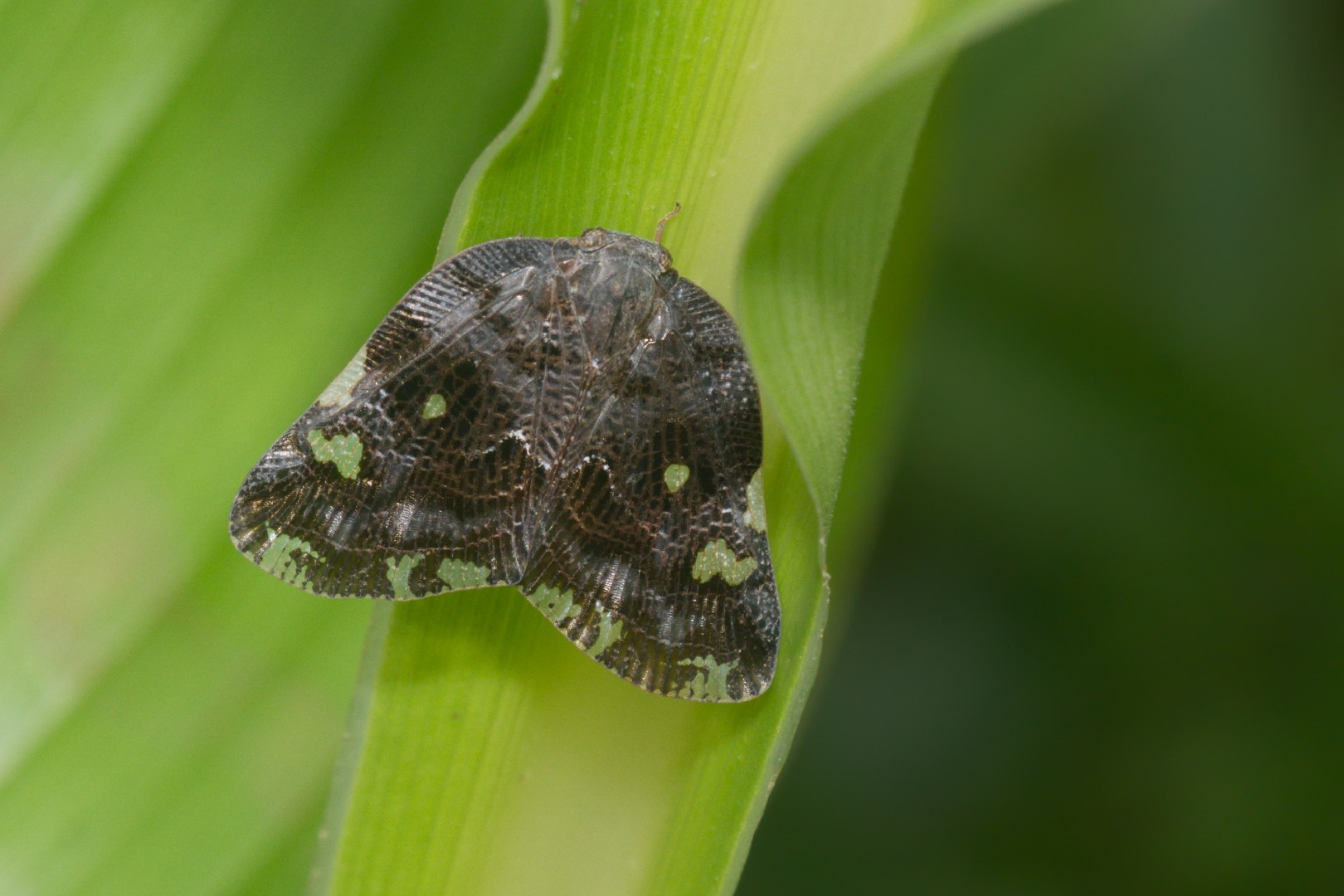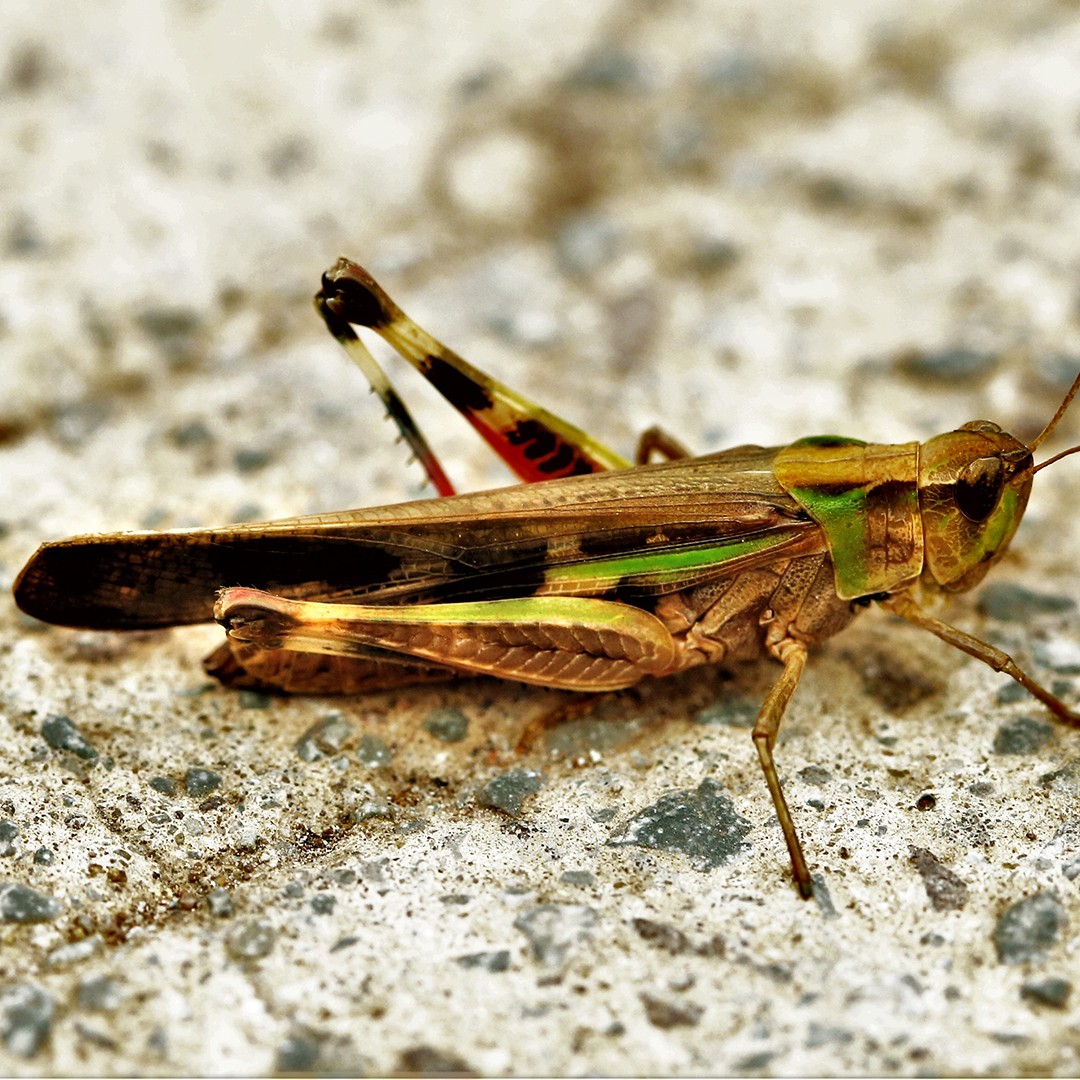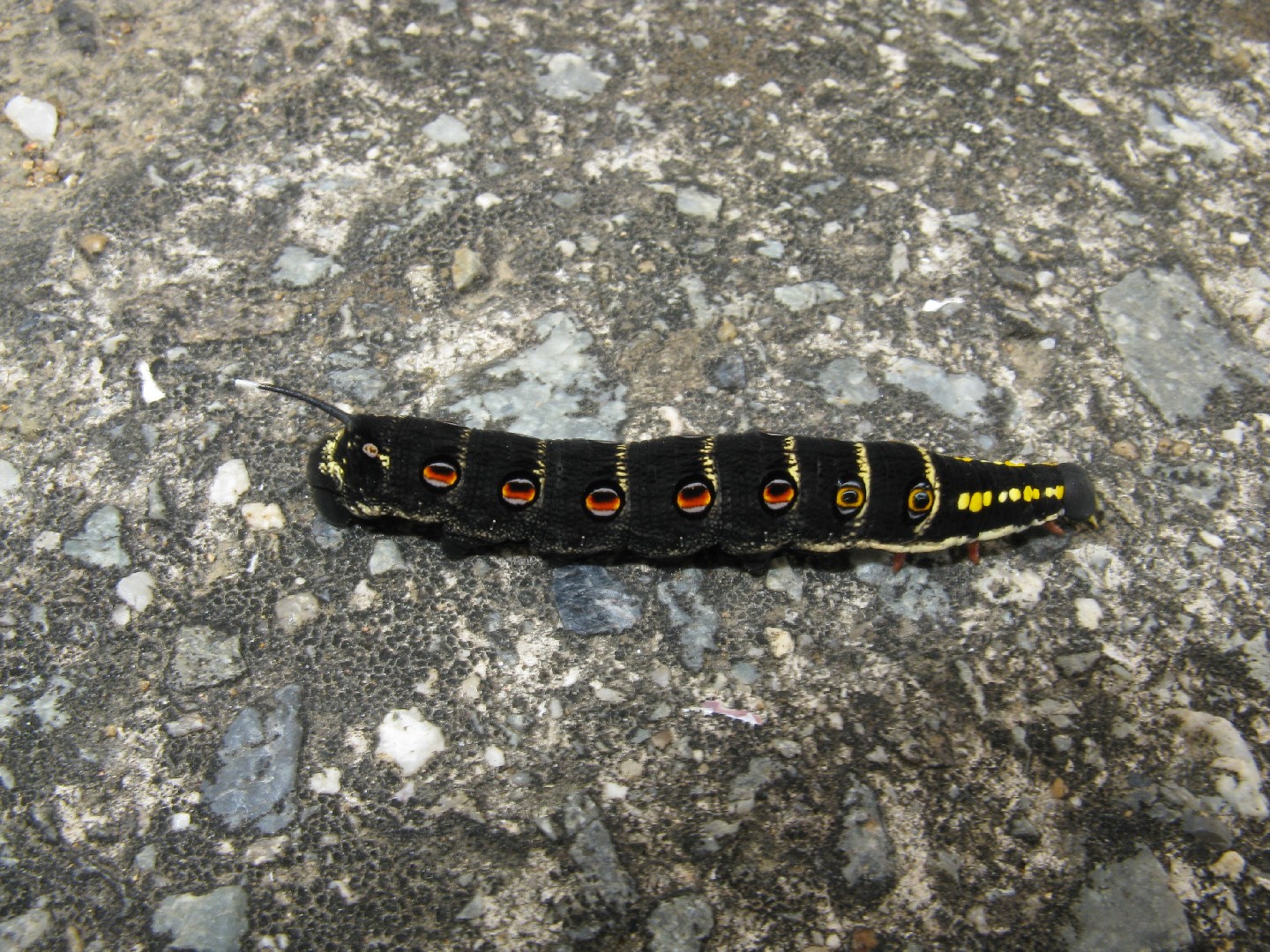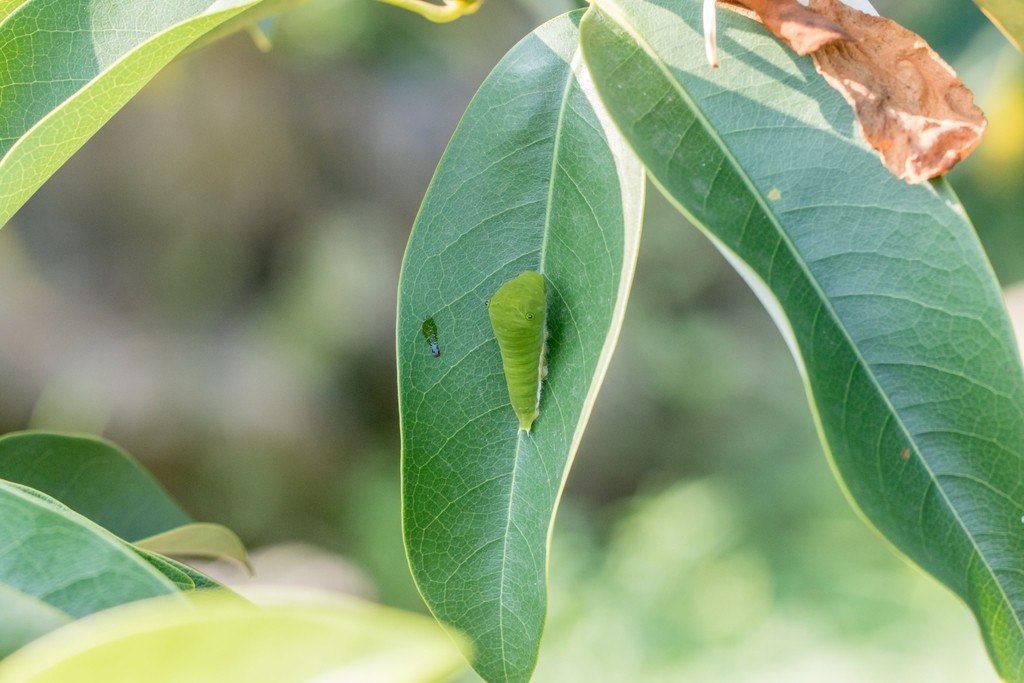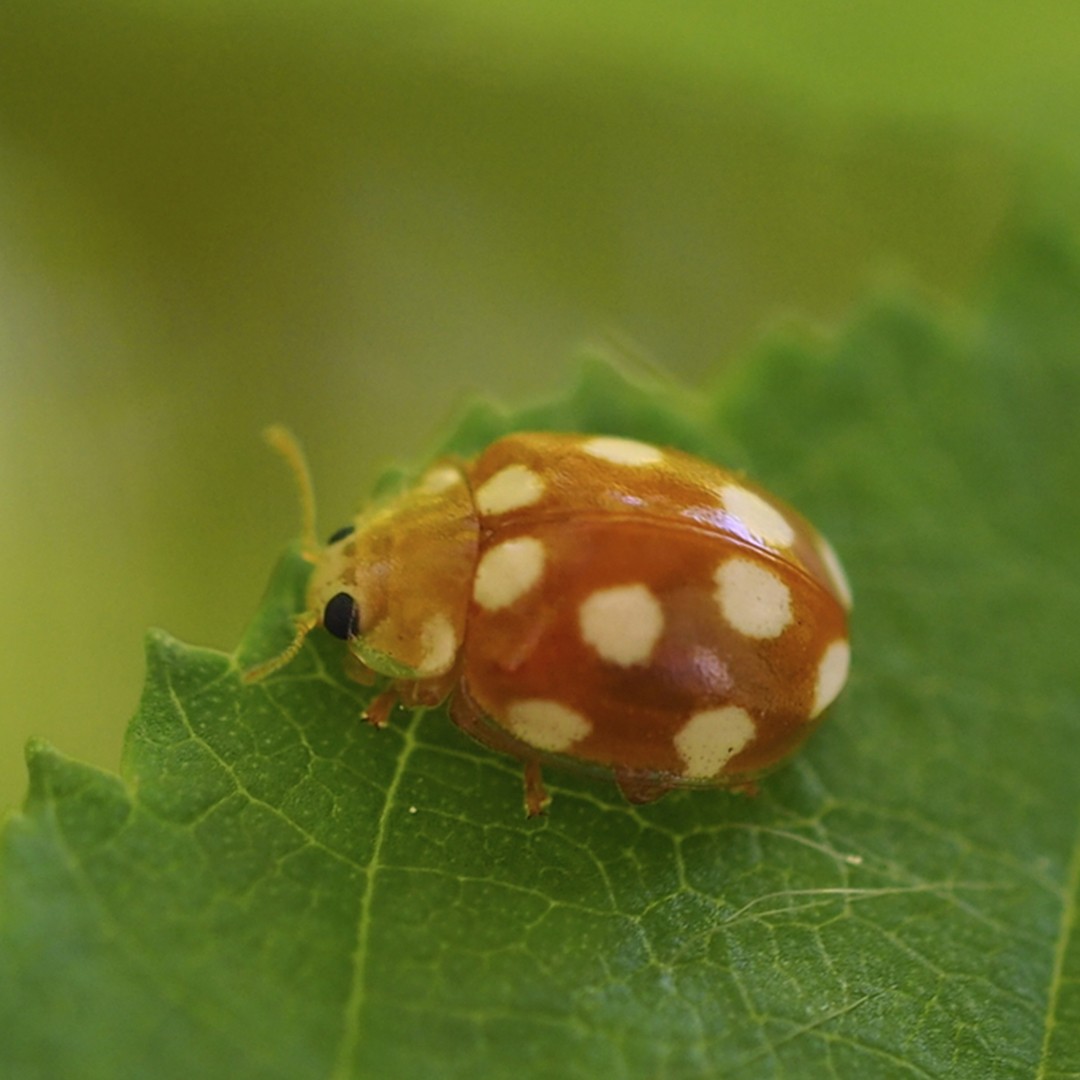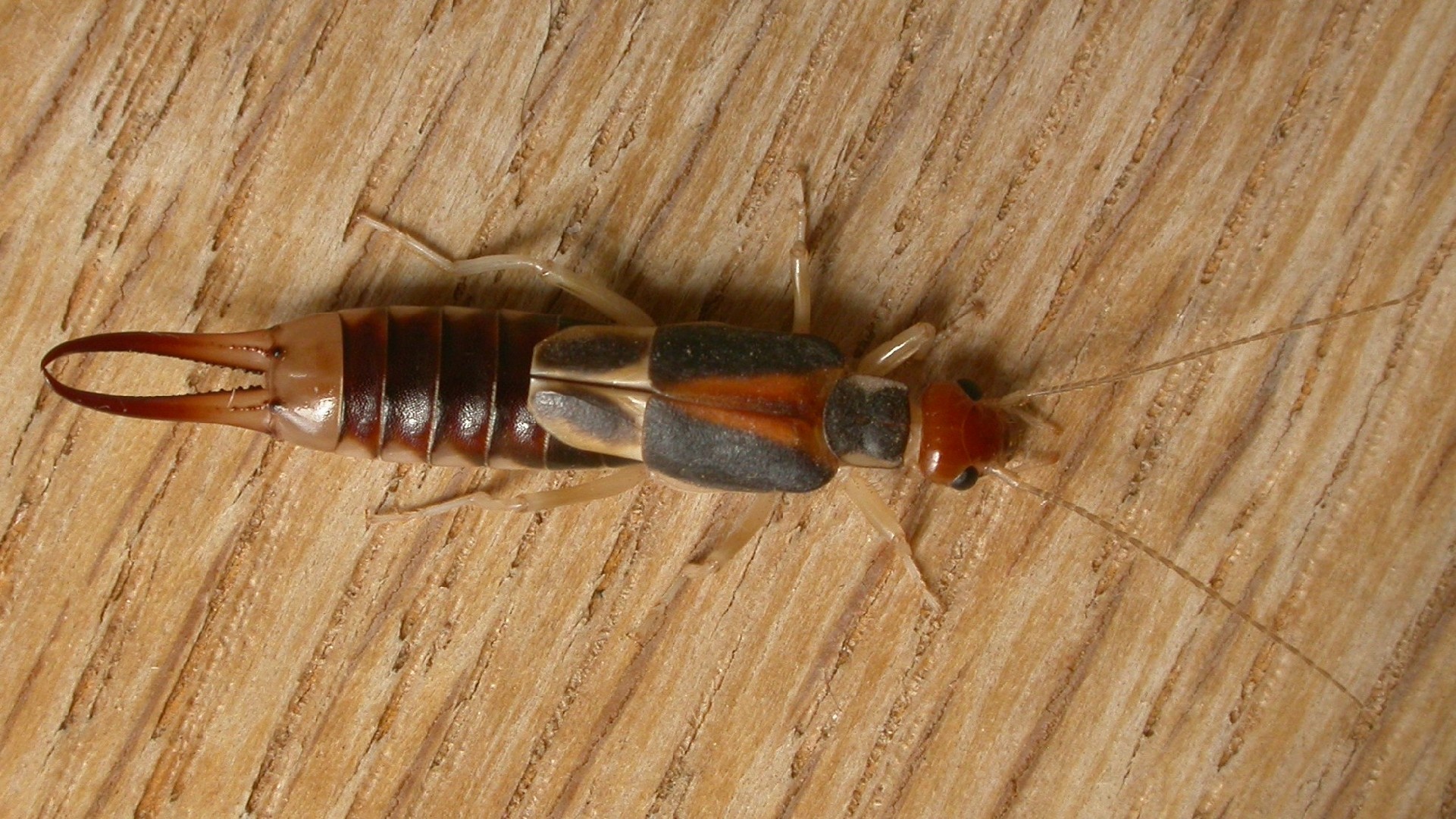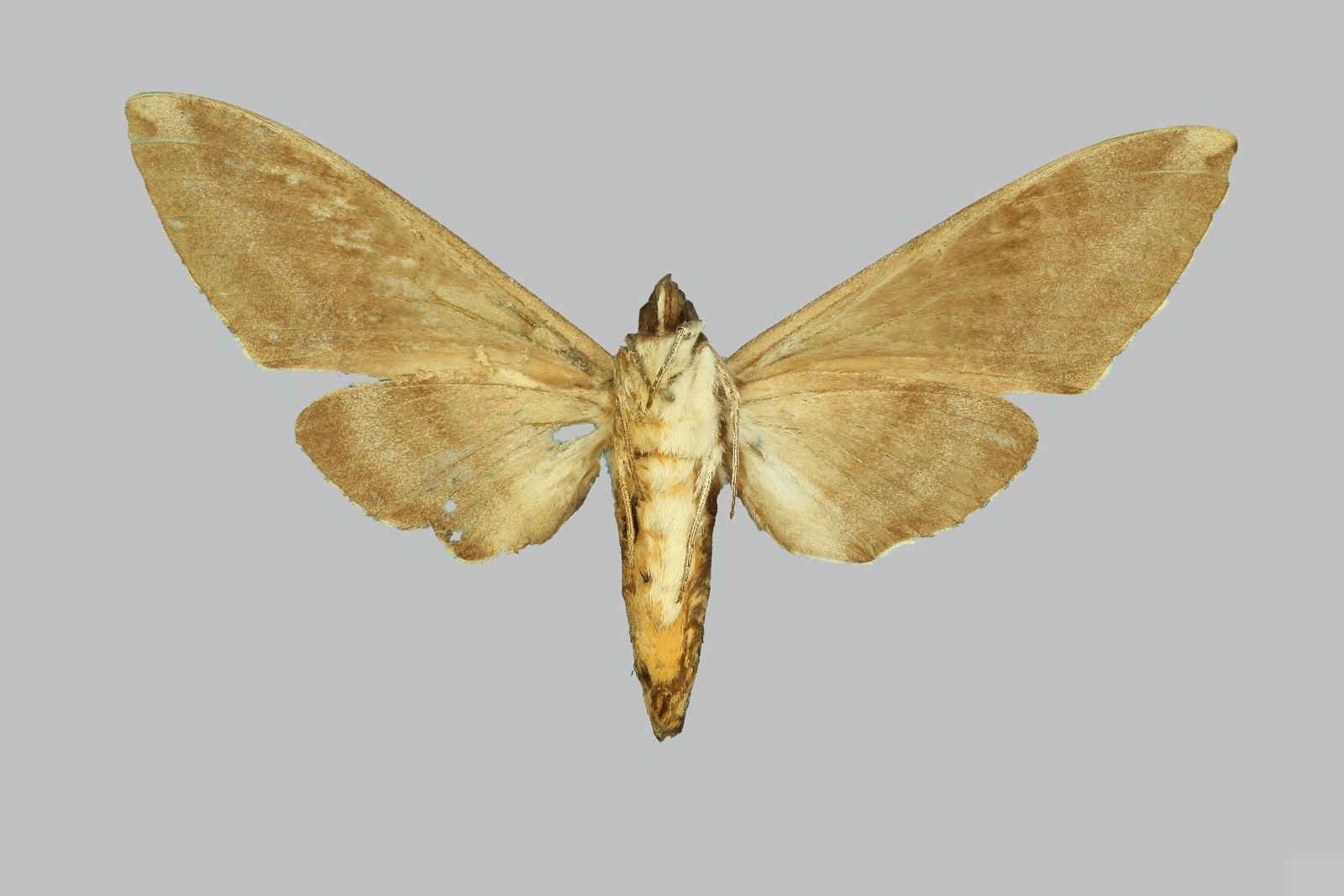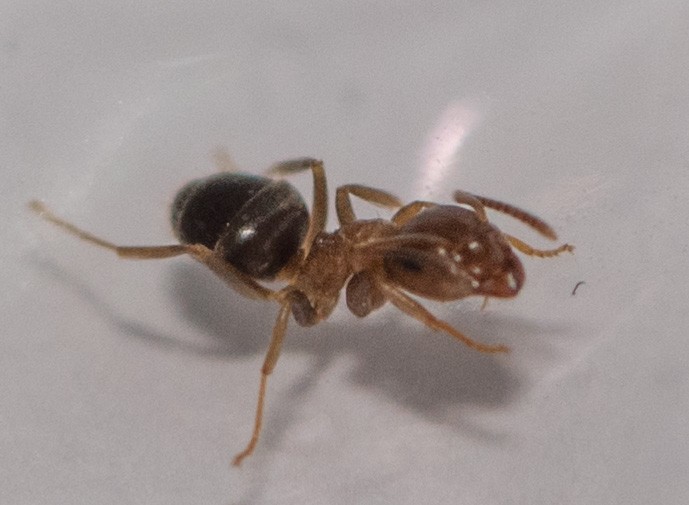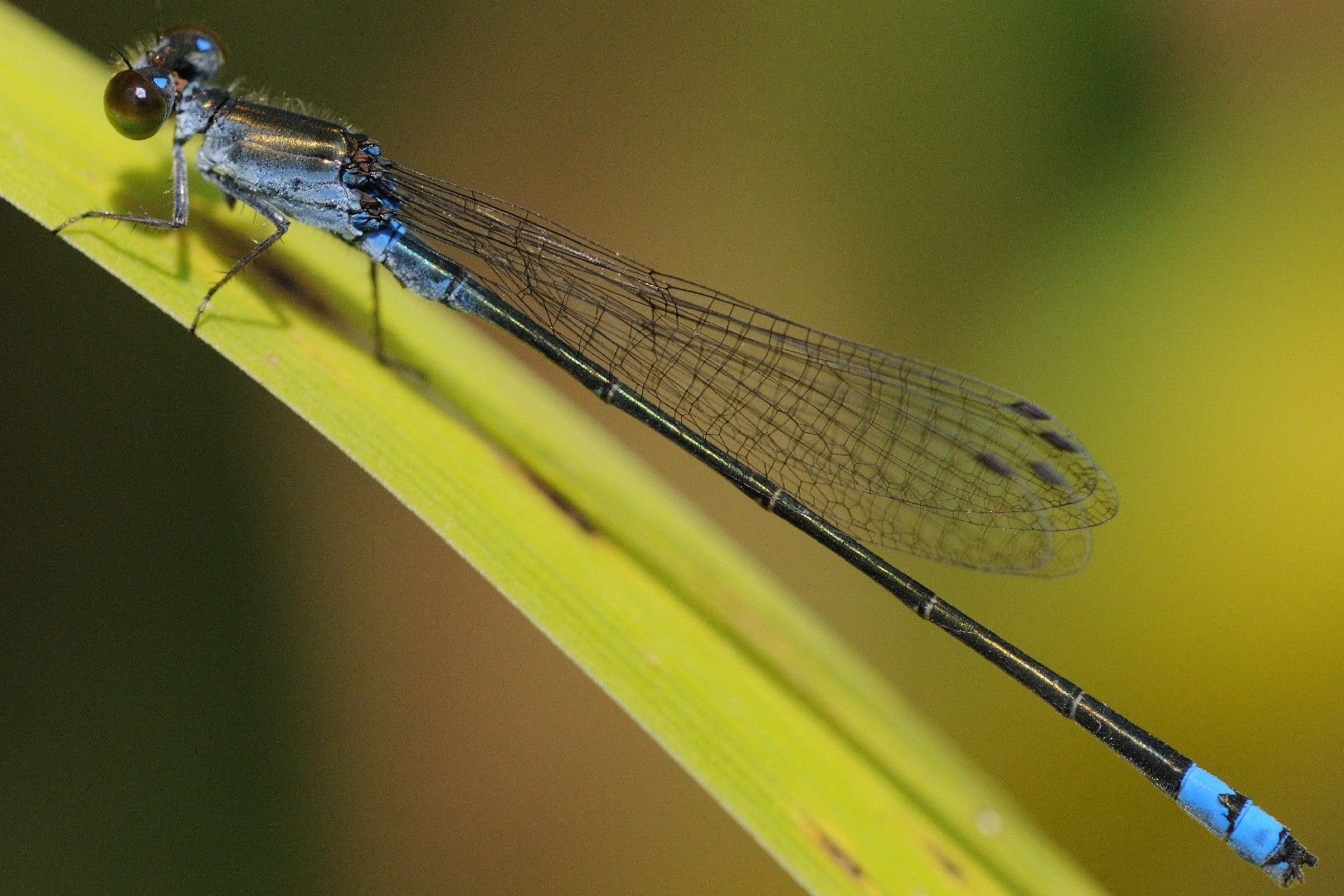Top 20 Most Common Insects in Shanghai
From shimmering beetles to agile ants, Shanghai hosts a myriad of insect species, each playing a pivotal role within the ecosystem. With varying geographical regions within Shanghai, an array of habitats supports a stunning insect diversity. Unlike pests that often garner attention, beneficial insects help maintain ecological balance. In our latest feature, we'll explore the 'Top 20 Most Common Insects in Shanghai', shining light on these unsung heroes of our environment.
Most Common Insects
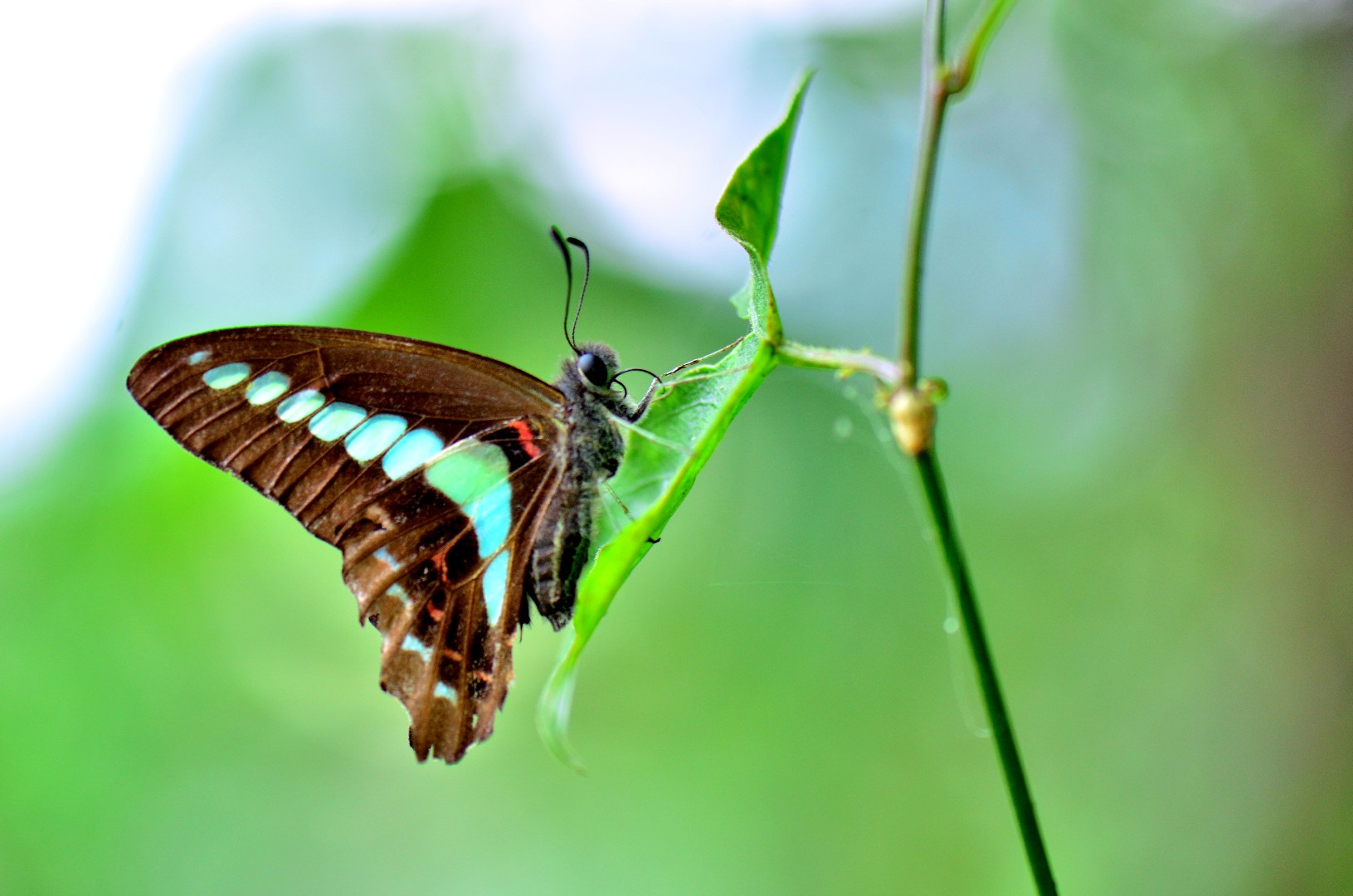
1. Common bluebottle butterfly
Upperside is opaque black. Forewings and hindwings crossed from above the tornal area on the hindwing to near the apex of the forewing by a semi-hyaline broad pale blue medial band which is broadest in the middle, more or less greenish and macular anteriorly; the portion of the band that crosses interspaces 6, 7 and 8 on the hindwing white; beyond the band on the hindwing there is a sub-terminal line of blue slender lunules. Underside similar, ground colour dark brown. The hindwing has a short comparatively broad sub-basal band from costa to sub-costal vein, and the postdiscal area between the medial blue band and the sub-terminal lunules velvety black traversed by the pale veins and transversely, except in interspaces 6 and 7, by narrow crimson lines; lastly, a crimson spot near the tornal angle with an admarginal yellowish-white spot below it. Antenna, head, thorax and abdomen brown, the head and thorax suffused with greenish grey. The palpi, thorax and abdomen touched with dingy white, the abdomen with two whitish lateral lines. Male has abdominal fold within grey, furnished with a tuft of long, somewhat stiff white hairs. Variously reported with wingspans between 6 cm and 8 cm, the common bluebottle butterfly has black upper wings and brown lower wings. Both forewings and hindwings are marked by a central spot in the form of a blue or blue-green triangle, with apex pointing toward the body. 
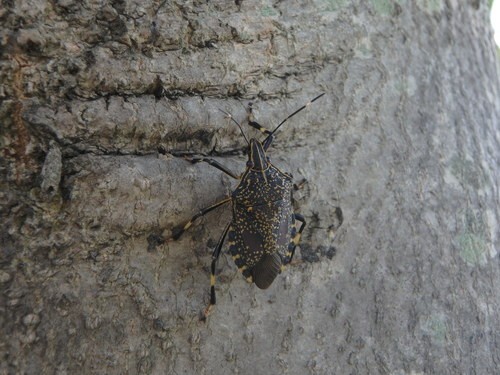
2. Yellow-spotted stink bug
The yellow-spotted stink bug has a wide distribution across Asia. In China, the insect is a pest to more than 57 plants, including fruit trees. It can damage plants and reduce crop yields. Adults overwinter in natural and manmade shelters like building crevices and underneath tree bark, emerging in the spring to feed on the tree’s new growth.
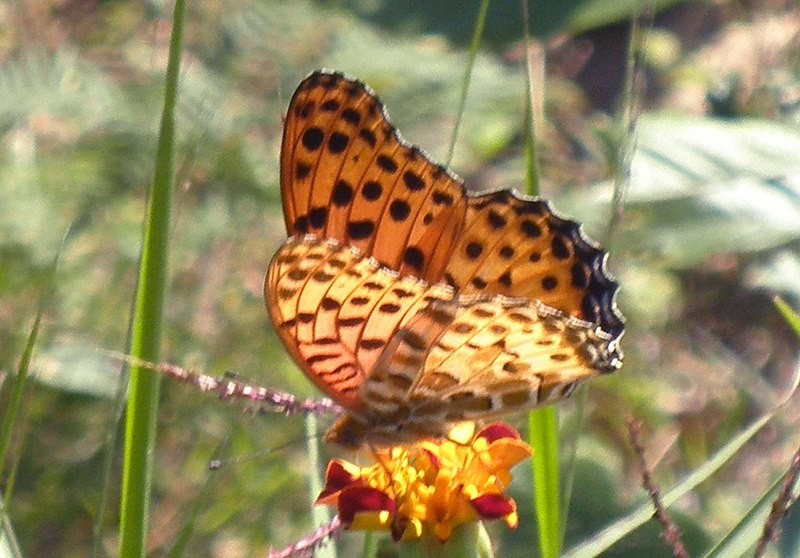
3. Indian fritillary
Male: Upperside: forewing rich orange yellow, hindwing paler yellow, with the following black markings: Forewing: cell with a basal short transverse streak, a medial broad oval loop, its outer margin sinuous; a broad transverse streak beyond cell not reaching the median nervure; a broad streak along the discocellulars; a zigzag discal series of large spots, angulated outwardly in interspace 4, inwardly in interspace 2, a minute spot at base of interspace 1; a somewhat diffuse large postdiscal spot below the costa in interspace 6; a postdiscal sinuous series of round spots, those in interspaces 1 and 4 very small; an inner complete subterminal sinuous series of round spots; an outer subterminal line, widening on the veins, and a terminal slender line. Hindwing: a basal, transverse, obscure narrow mark in cell, another above it in interspace 7, a transverse lunule across the middle of the cell; a small spot outwardly bordering the lower discocellular; a discal series of transverse spots from interspaces 1 to 7, sinuous posteriorly; a postdiscal series of five spots in interspaces 2 to 6; a subterminal series of somewhat lunular spots; finally, a narrow band on term en traversed posteriorly by a series of blue, anteriorly by a series of ochraceous lunules. Underside forewing pale terracotta red, shading into ochraceous towards the apex, the apex broadly suffused with that colour; markings as on the upperside, with the following exceptions: subcostal spot in interspace 6, upper two spots of postdiscal series, upper four spots of the inner subterminal series, and the anterior portions of the outer subterminal and of the terminal line olivaceous brown; the upper two postdiscal spots centred with white, with a white spot on each side; the upper four spots of the sub terminal series connate (united), forming a short curved band. Hindwing variegated with ochraceous, olivaceous-brown and silvery-white markings, the last for the most part narrowly margined on the outer side by short black lines; the veins prominently pale ochraceous; the medial silvery markings form a well-marked sinuous discal series, followed by a curved postdiscal series of five olivaceous round spots; each spot and the olivaceous-brown quadrate patch near base of cell with a minute white central spot; a slender black subterminal line widening at the veins, as on the forewing, followed by an ochraceous narrow lunular band and an outer slender black anteciliary line; the subterminal black line margined on the inner side by a series of: slender white lunules, bordered inwardly by a series of broad olivaceous-brown markings in the interspaces. Antennae brown above, ochraceous red beneath; head, thorax and abdomen olivascent tawny; beneath, palpi, thorax and abdomen pale ochraceous. Female similar. Differs from the male as follows: Upperside: apical half of forewing from about the middle of the costa obliquely to just above the tornus black, inwardly suffused with purple, crossed by a broad white band from costa to the subterminal series of black spots; four preapical white spots, the upper three bordering on each side and above a very obscure ocellus scarcely visible on the black background, an inner and an outer subterminal transverse series of slender white lunules. Underside: forewing markings similar to those on the upperside, but the apex of the wing beyond the white oblique band ochraceous green. Hindwing as in the male, but the markings slightly broader. Antennae, head, thorax and abdomen as in the male, the abdomen paler beneath. Wingspan: 80–98 mm (3.1–3.9 in). Var. taprobana, Moore, is a slightly darker race from Ceylon, with markings similar in both sexes to those of hyperbius. Moore, however, states that taprobana is an intermediate between the south Indian form (castetsi) and typical hyperbius specimens from Ceylon that do not differ from upper India, Assam, and Burmese specimens, except in the very slightly darker ground colour on the upperside. Race castetsi, Oberthur: The females of this remarkable form seem to be locally dimorphic. Male closely resembles the male of hyperbius but differs as follows: Upperside: ground colour a richer brighter shade of orange yellow; black markings similar but distinctly smaller, of a deeper black: subterminal transverse series of slender lunules traversing the terminal black margin on the hindwing of the same shade of orange yellow as the ground colour, not blue on the posterior half of the wing. Underside: the olivaceous brown at apex of forewing and variegating the hindwing more of a greenish golden tint. A sex-mark of specialized raised scales along middle of vein 1 on the upperside of the forewing very prominent. Female Nilgiri form: resembles the female of typical hyperbius differs as follows: Upperside: ground colour pale golden yellow; basal half of both forewings and hindwings shaded with metallic green in the forewing; in some specimens this tint is slightly olivaceous; black markings and the white oblique band on the apical area of the forewing as in hyperbius, but proportionately smaller, the purplish-blue shading along inner margin of the white band much less conspicuous, as is also the bluish tint; on the white preapical spots and subterminal markings on the forewing and on the posterior half of the subterminal line of limules on the hindwing. Underside as in hyperbius but the ground colour on the forewing a paler shade of terracotta red; the olivaceous brown variegating the hindwing of a distinctly greener tint. Female typical form as described from Trichinopoly. Similar to the male differs as follows: Upperside: ground colour pale golden yellow; basal half of the wings suffused with dark olivaceous green; black markings as in the male but larger; on the forewing the spots of the subterminal series very large, coalescent or nearly coalescent with one another and with the dentate spots on the veins in the inner terminal line; the upper two spots also of the postdiscal series very large and coalescent, the upper of the two joining on above and below to the inner postdiscal lunate spot in interspace 6, thus enclosing a prominent lunule of the ground colour. Underside as in the male but paler. 

4. Common mormon
The common mormon (Papilio polytes) is a beautiful, black butterfly with unique hindwings that have orange and white colorings and two spots jutting out. They are named after the Mormon religion, as the butterflies participate in polygamy, which is a common practice for Mormons. They are also known to mimic red-bodied swallowtail, who are inedible.
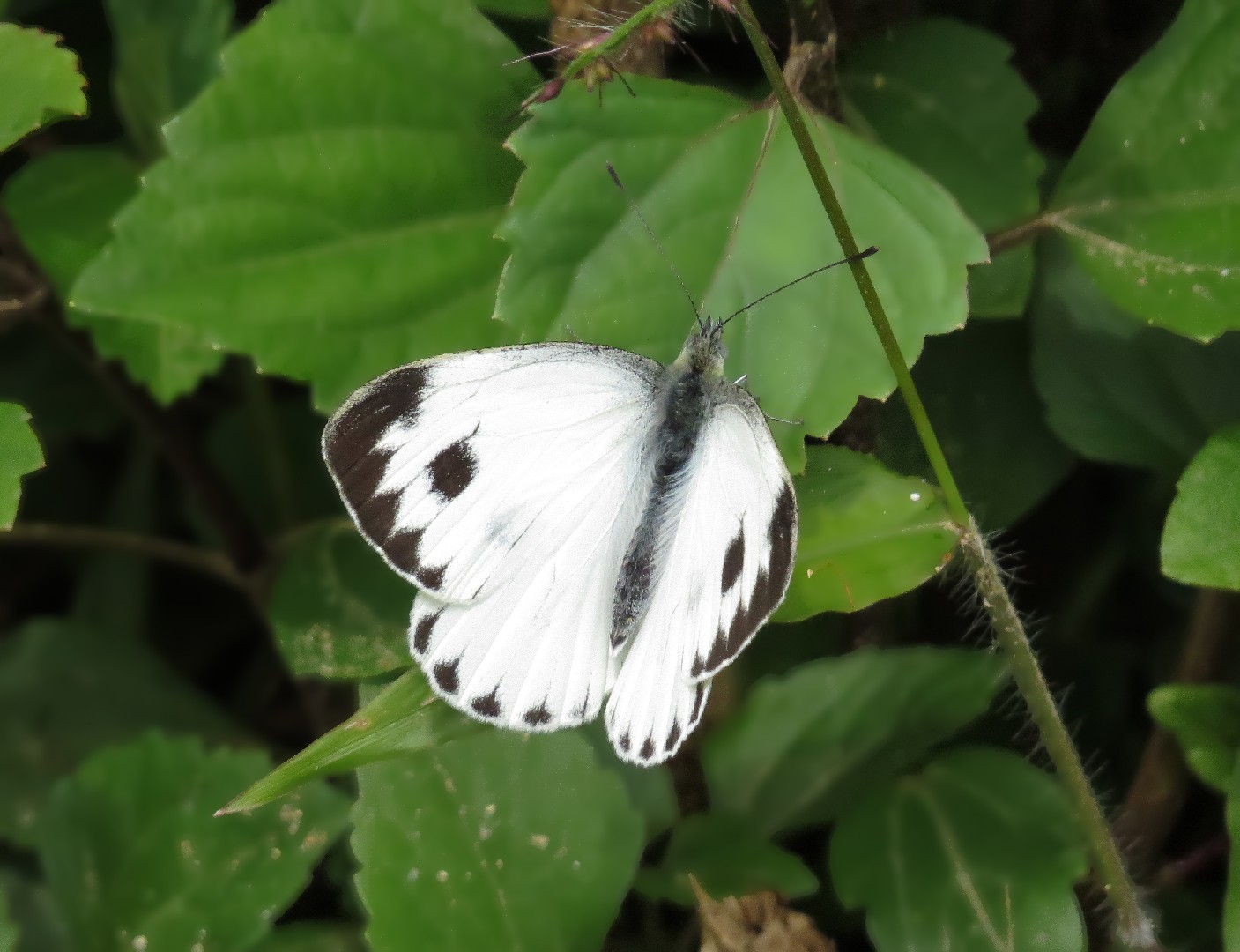
5. Indian cabbage white
The male is white to pale cream on its upperside. The base of the forewing, the basal portion of the costa, and the base and upper margin of the cell have a scattering of black scales. It is black from the apex to about the middle of the terminal margin. On the latter the black extends for a very short distance triangularly along the veins. There is a round black spot in interspace 3. The hindwing has a subcostal black spot as in Pieris rapae but is generally larger and more conspicuous, and a series of four or five terminal black spots that vary in size at the apices of the veins. Underside: the forewing is white; cell and costa are lightly irrorated (speckled) with black scales; apex is somewhat broadly tinged with ochraceous yellow. Interspaces 1, 3 and 5 have conspicuous subquadrate black spots; the spot in interspace 1 sometimes extends out of interspace 1. That in interspace 5 is ill-defined. Hindwing: from pale, almost white, to dark ochraceous, thickly irrorated all over (with the exception of a longitudinal streak in the cell, and in the darker specimens similar longitudinal streaks in the interspaces) with black scales; costa above vein 8 are chrome yellow. Antennae are black with minute white specks; the long hairs on the head and thorax are greenish grey; the abdomen is black. Beneath, the head, thorax and abdomen are white. The female is similar to the male on the underside, but the scattering of black scales is more prominent; the black on the apex and termen of the forewing and the black spots on the termen of the hindwing are broader and more extended inwards; on the forewing there is an additional spot in interspace 1, and both this and the spot in interspace 3 in many specimens are connected by a line of black scales along the veins to the outer black border; also the spot in interspace 1 often extends across vein 1 into the interspace below.It has a wingspan of 4 - 6 cm. 
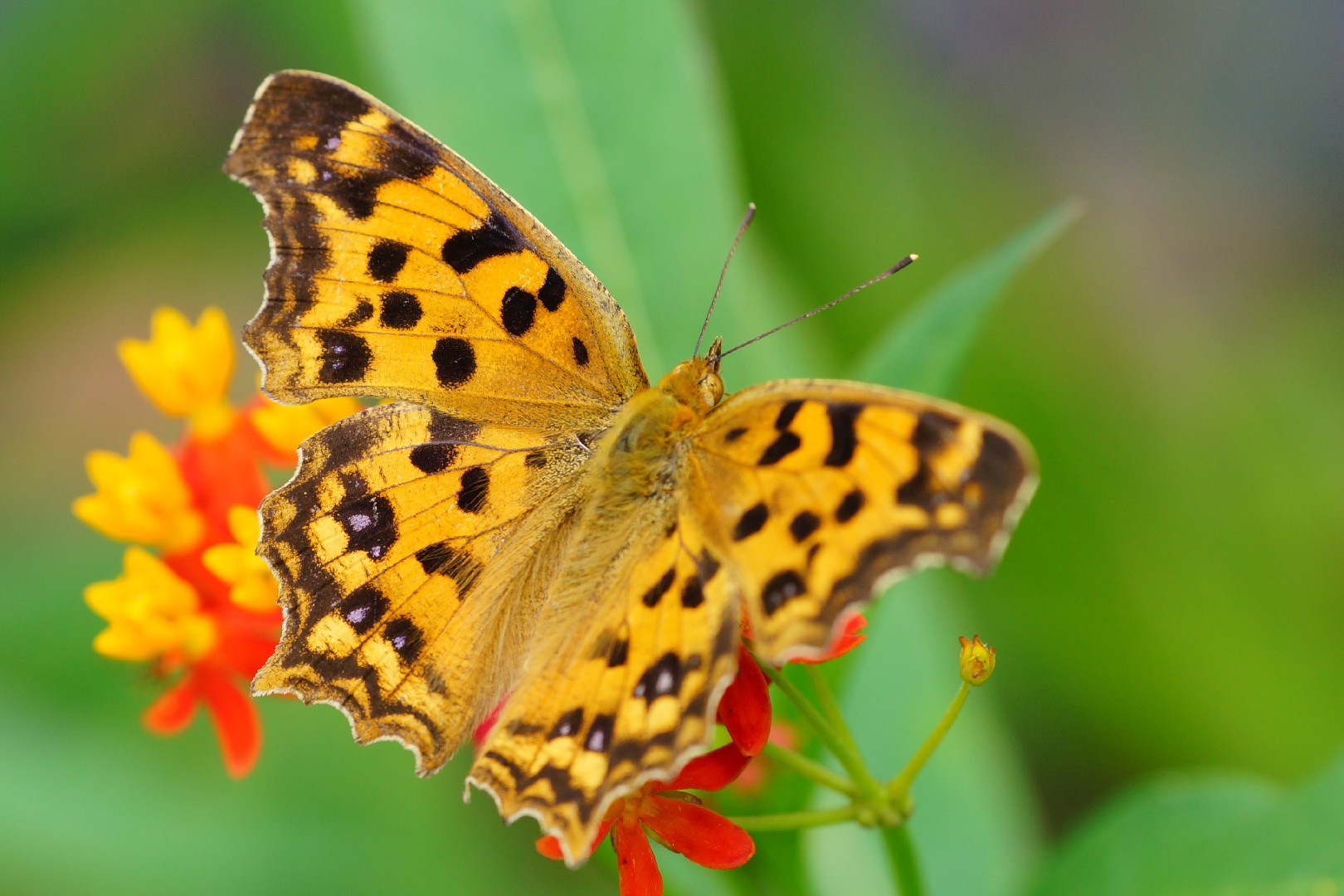
6. Asian comma
It has a wingspan of 2.5 cm. Wings are orange with black dots. The undersides of the wings is mottled brown (tree bark like) with a shiny comma mark on the center of the hindwing. The main difference with other comma species is that it has blueish markings on the bottom of its hindwing. 
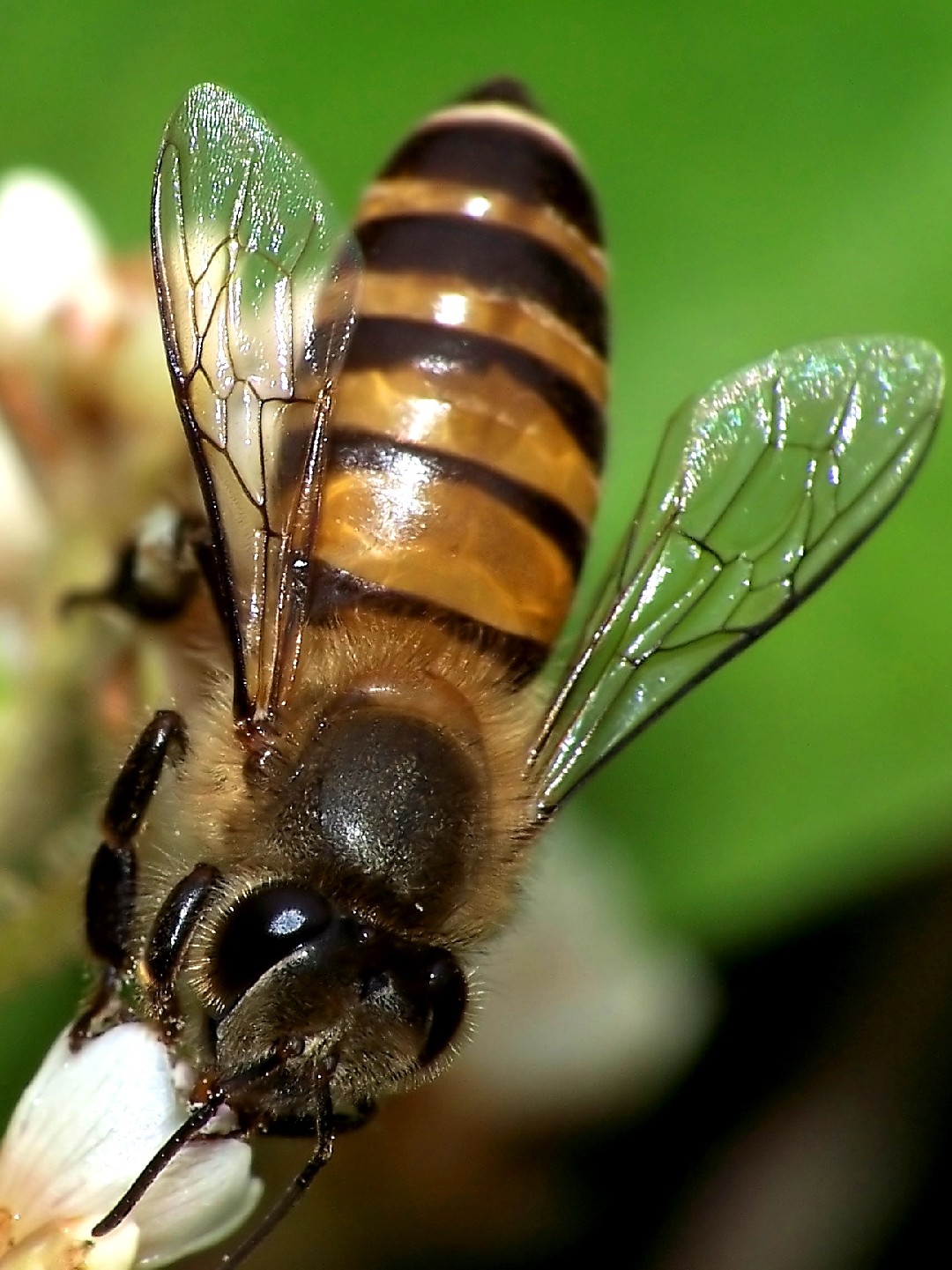
7. Eastern honey bee
Eastern honey bees communicate to one another about good sources of nectar and pollen through the "waggle dance". A bee will perform this descriptive dance to other bees, after which they can interpret the dance and find their way to the food source. When they need to defend their nest from a wasp, they will surround the wasp and vibrate their muscles to generate heat, eventually killing the wasp via "heat balling".
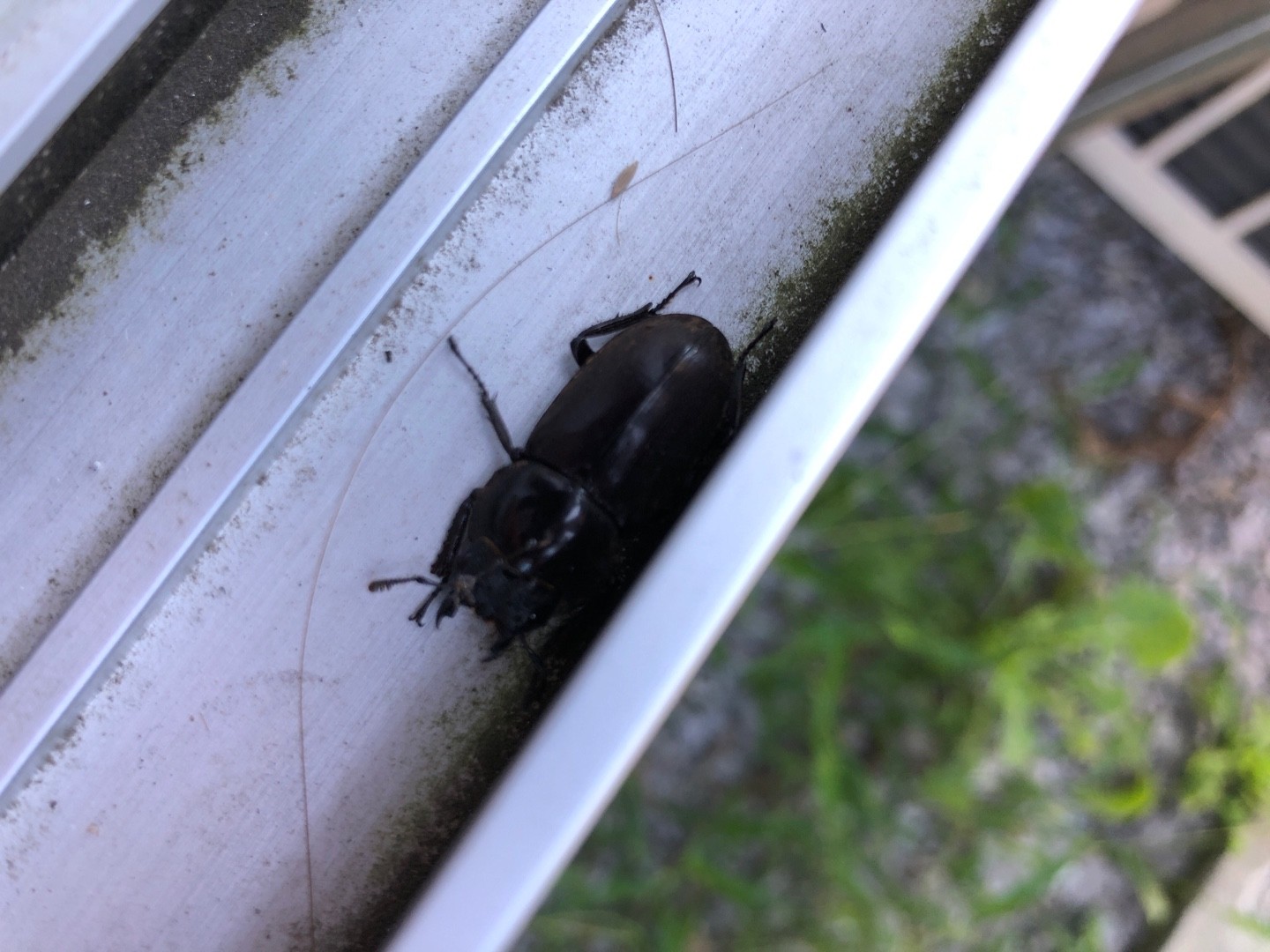
8. Giant stag beetle
The world's largest stag beetle, the giant stag beetle is very popular among beetle collectors and often kept as an exotic pet, however, in some regions, the export of this bug is considered a crime. A common inhabitant of Asian rainforests, this beetle is known to be very aggressive, especially the males—they will bite anything if they feel threatened. 

9. Scarlet skimmer
The species is on the IUCN Red List as not endangered, year of assessment 2009.
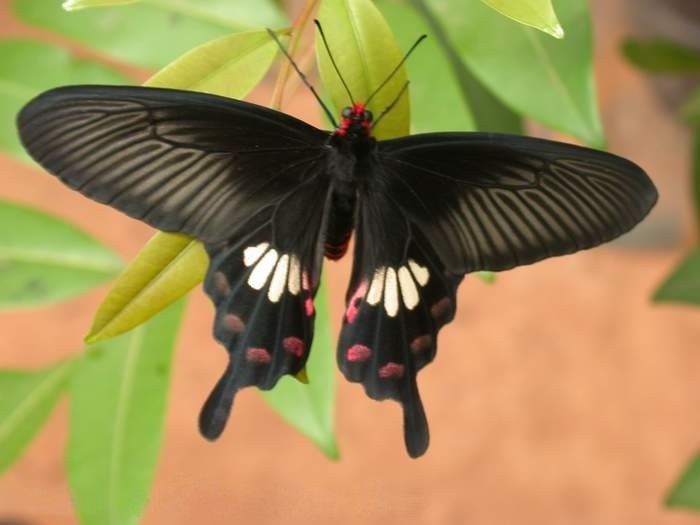
10. Common rose
The upperside of male is velvety black. Forewing with well-marked pale adnervular streaks on the discal area that do not reach the terminal margin, the latter broadly velvety black; the streaks beyond end of cell extended inwards into its apex. Hindwing with elongate white discal markings in interspaces 2–5 beyond the cell. In dry-weather specimens these markings are very short and do not nearly reach the bases of the interspaces; beyond these a curved series of subterminal lunular markings in interspaces one to seven dull crimson irrorated with black scales, the spot in interspace one large, irregular, diffuse, margined interiorly with white. On the underside of the males, the ground colour and markings is similar, but the red subterminal spots on the hindwing much brighter; it is not irrorated with black scales, better defined, the anterior four subquadrate, the next two crescent shaped, sometimes quadrate also, the spot in interspace one triangular and pointed. Antennae, thorax and abdomen above up to the pre-anal segment black; the head, sides of prothorax above, and of the whole of the thorax and abdomen beneath vermilion red; anal segment vermilion red. Females are similar to the males; they differ from the male only in the comparatively broader wings and this is most conspicuous in the forewing. 
More
